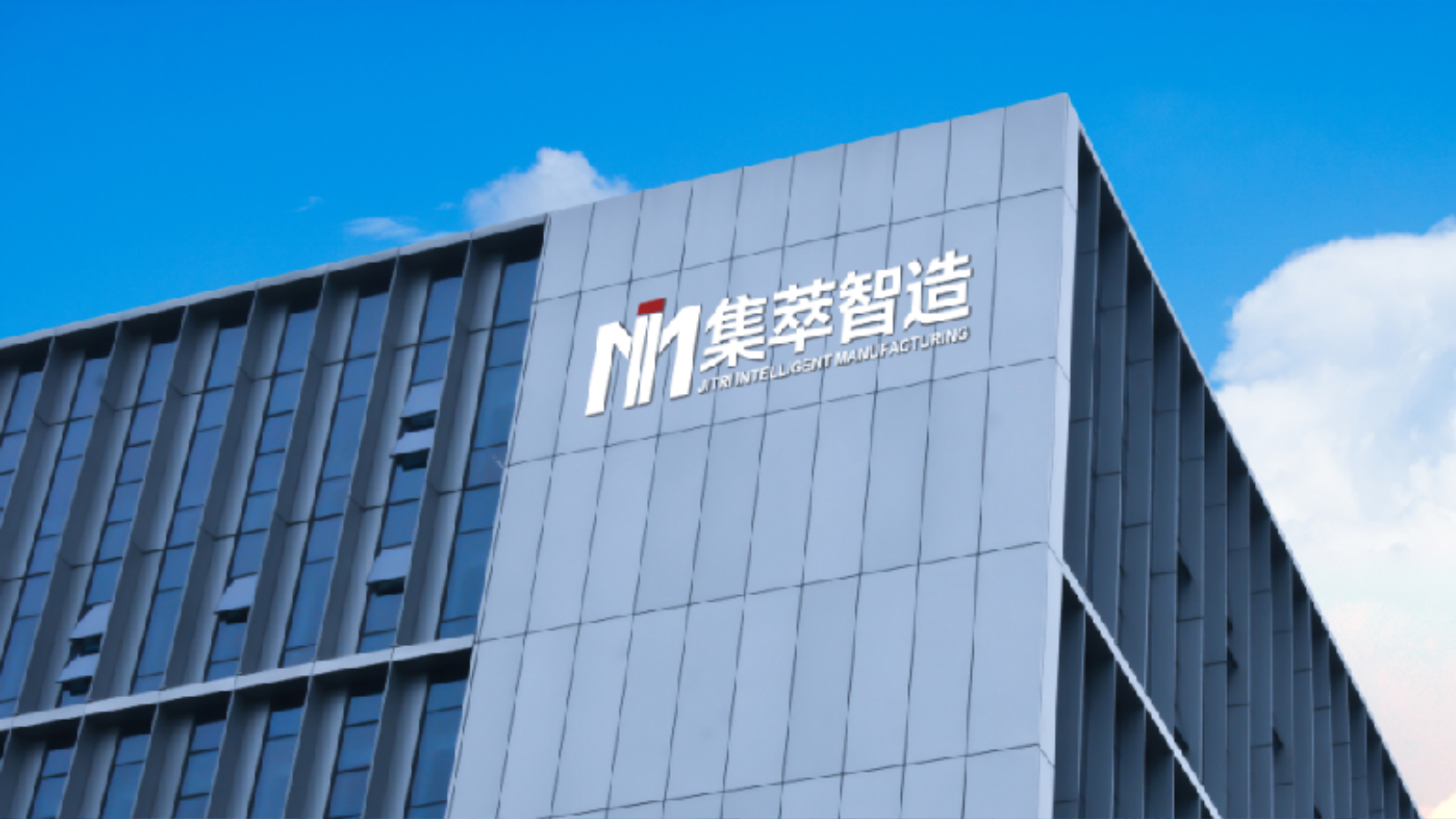
In recent years, collaborative robots, also known as cobots, have become a pivotal component of modern industrial automation. Unlike traditional industrial robots, which typically operate in isolated environments, cobots work alongside human workers, enhancing productivity and efficiency while maintaining safety. One of the key factors driving the widespread adoption of cobots is their integrated safety features, which are designed to ensure human-robot harmony in shared workspaces.




